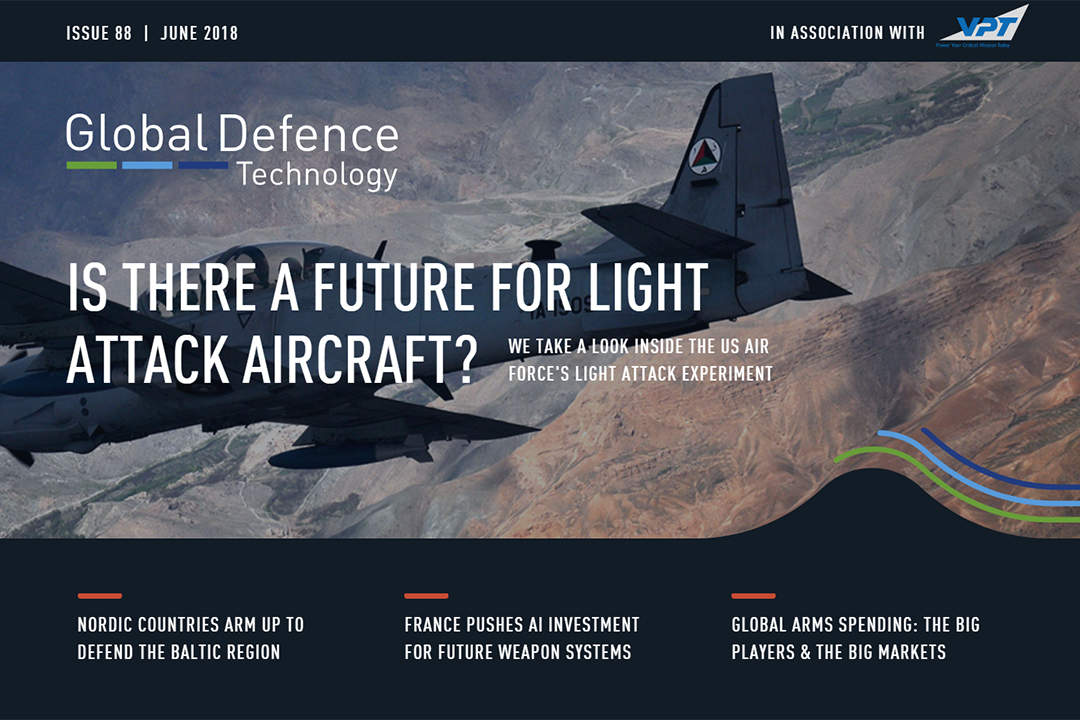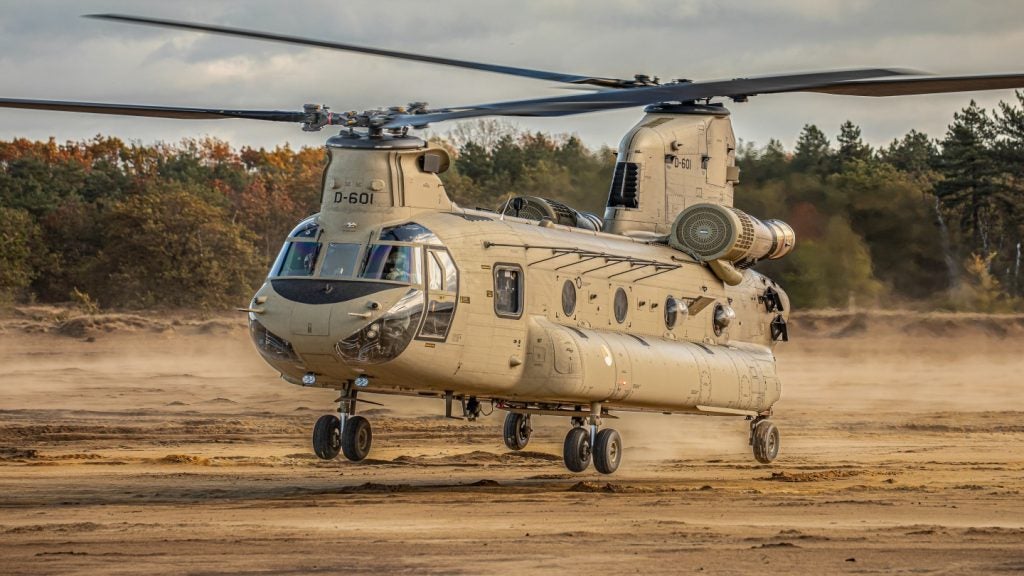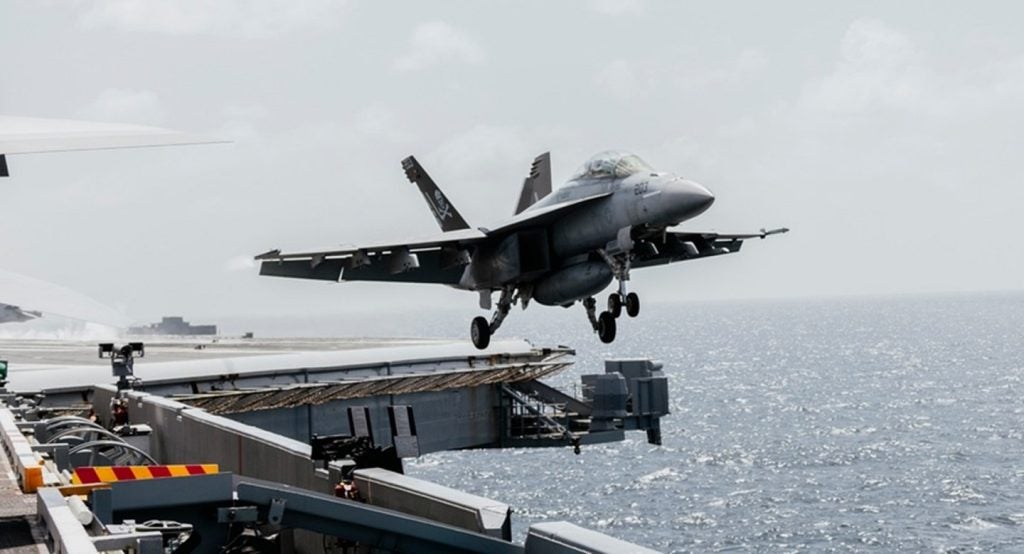
Global Defence Technology is now available to read on all devices.
The Baltic region is on red alert as threats from Russia and cyberattacks have coerced the Nordic nations to gear up for a new type of warfare. As Sweden, Norway, Denmark, Finland and Iceland boost spending to enhance their military capabilities, we investigate how the Nordic countries are arming up for potential conflicts.
Meanwhile, France is increasing spending on artificial intelligence as part of a drive to develop future weapon systems. We take a look inside France’s AI push and similar efforts in other countries.
Also in this issue, we explore the major spenders on the global arms market, check in with the US Air Force’s light attack aircraft programme, and find out why Dstl is going back to basics in its approach to computer hardware for harsh operational environments.
In this issue
The big players: mapping global military expenditure
Global military expenditure is at its highest level since the Cold War according to the Stockholm International Peace Research Institute. So which countries are the big players in the international military purchasing market, and just how much are they spending? Elliot Gardner maps the data to visualise the trends.
How well do you really know your competitors?
Access the most comprehensive Company Profiles on the market, powered by GlobalData. Save hours of research. Gain competitive edge.

Thank you!
Your download email will arrive shortly
Not ready to buy yet? Download a free sample
We are confident about the unique quality of our Company Profiles. However, we want you to make the most beneficial decision for your business, so we offer a free sample that you can download by submitting the below form
By GlobalDataBarricading the Baltic Sea: Nordic nations boost military spending
As new global security threats emerge, the Nordic countries are set to boost their military spending, some for the first time in 30 years. Talal Husseini looks at the numbers.
The cost of counterterrorism: US spending from 9/11 until now
A new report from the Stimson Center has provided an initial tally of total US counterterrorism spending since 9/11. We take a look at the findings to identify spending trends.
Behind the mask: The challenges of attributing cyberattacks to nation states
When a major cyberattack hits, the question of who is responsible quickly arises. But accurately attributing an attack is exceptionally challenging, as Lucy Ingham finds out from Cybereason CISO Israel Barak, and, with no clear rules of engagement, the implications are significant
Intelligent design: inside France’s €1.5bn AI strategy
France has launched the Man-Machine Teaming study into applying artificial intelligence to combat aircraft, part of a €1.5bn investment strategy aimed at closing the technology gap with the US and China. Julian Turner reports on the global race for supremacy in the sphere of military AI.
Back to basics: Trialling robust USB technology in jungle warfare
Keeping sensitive data secure yet still available to soldiers carrying out tactical actions is a challenge in harsh operational environments. Could extreme USBs, based on “back to basics” hardware, improve command and control? A recent trial, coordinated by the UK Defence Science and Technology Laboratory, suggests so, as Ross Davies reports.
Life and limb: the biomedical tech built to minimise battlefield amputations
Scientists funded by the UK’s Defence Science and Technology Laboratory have developed a new technique for treating injured limbs, which could significantly reduce the risk of amputation after battlefield injuries. Created in response to the experiences of soldiers in Iraq and Afghanistan, this novel three-stage technology seeks to stop battlefield haemorrhaging, while also preserving as much tissue as possible, hopefully leading to full limb preservation. Elliott Gardner investigates.
The OA-X experiment: is there a future for light attack aircraft?
New light attack aircraft that target low priority threats could be built quicker and cheaper than jet fighters, but does sending lightly armoured planes into battle put pilots at unacceptable risk? Julian Turner talks to aviation analyst Richard Aboulafia about a controversy that is 70 years in the making.
Next issue
The US is preparing to deploy Triton drones to Guam this summer to assist with surveillance in the Pacific, where tension is bubbling. With Beijing and Washington racing to keep tabs on one another in the South China Sea, and China shipping surveillance and electronic warfare equipment to its controversial outposts in the region, we review the situation and find out what the Triton drones will add to the US military’s arsenal in the region.
We also report on the biggest topics from Eurosatory, check in with DARPA’s work on the aerial launch and recovery of unmanned drones, and take a look at the capability requirements of Australia’s SEA 5000 future frigates.
Also in the next issue, we find out how the growing military interest in cyber and space is affecting multi-domain command and control, ask whether the ongoing controversy about operations and maintenance costs of the F-35 fighter will have an impact on purchase commitments, and take a look at the emerging arms race for hypersonic missiles.







